Solutions Integrations Partners
Discover the e360 technology ecosystem and solution sets.
FEATURED RESOURCE Headline Goes Here Lorem Ipsum
Subheadline text goes her lorem ipsum dolor.

There are no resources matching the current criteria.
|
Read More
- All
Filter By
- All
- artificial_intelligence
- Cloud
- Digital Workplace
- Enterprise Managed Services
- Modern Infrastructure
- Security
Abnormal
AppDynamics

Arista
Armorecode
ArmorPoint

Aruba

Ascend.io
Authx

AWS

Axonius
Cato
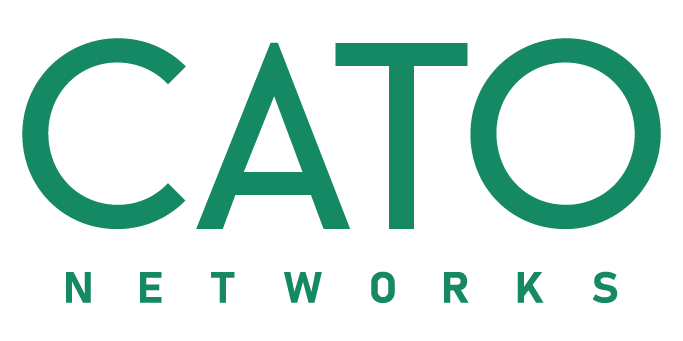
Chronosphere

Cisco
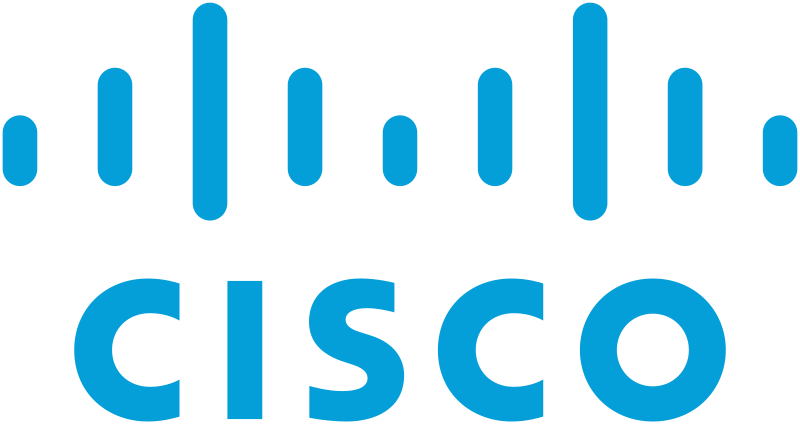
Citrix

Cohesity
Concentric.AI
Cribl

Crowdstrike

Cyera
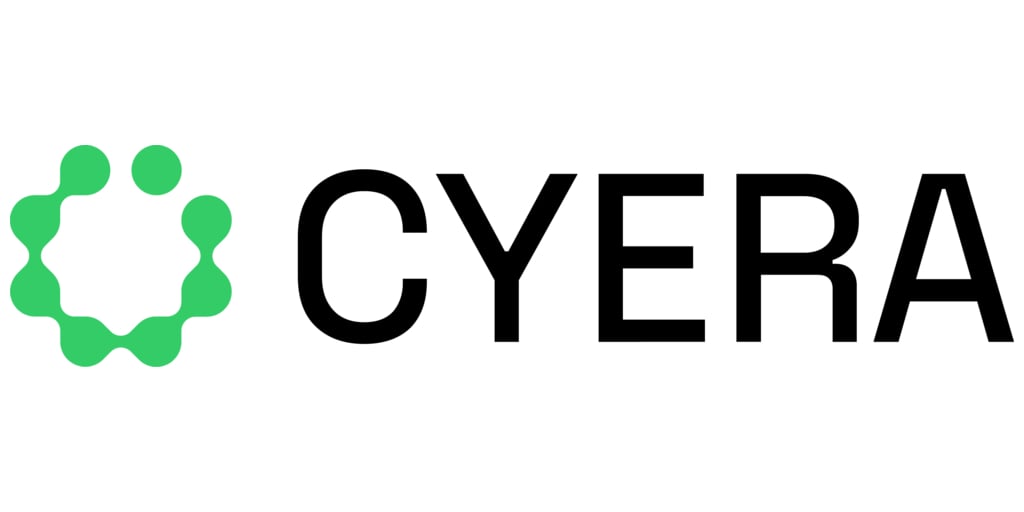
Datadog

Dell

Dynatrace
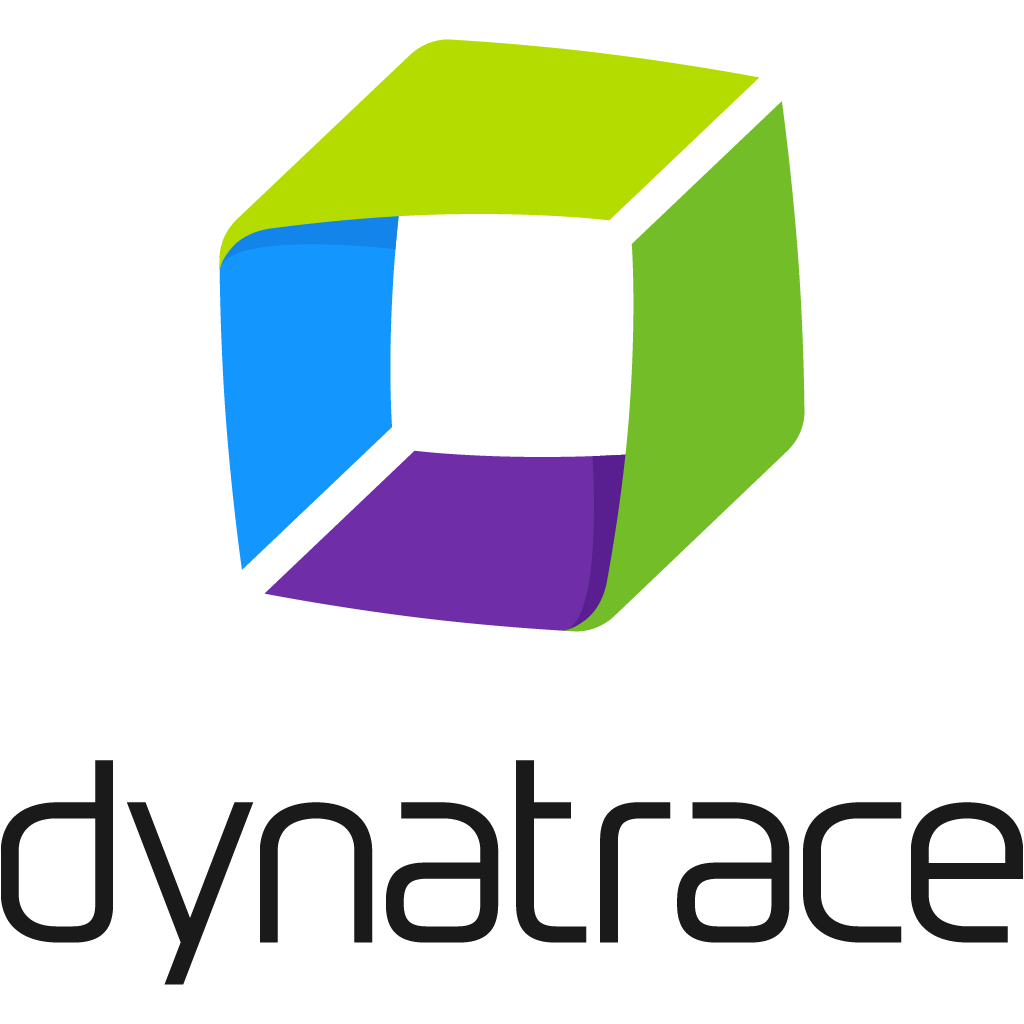
F5

Fortinet
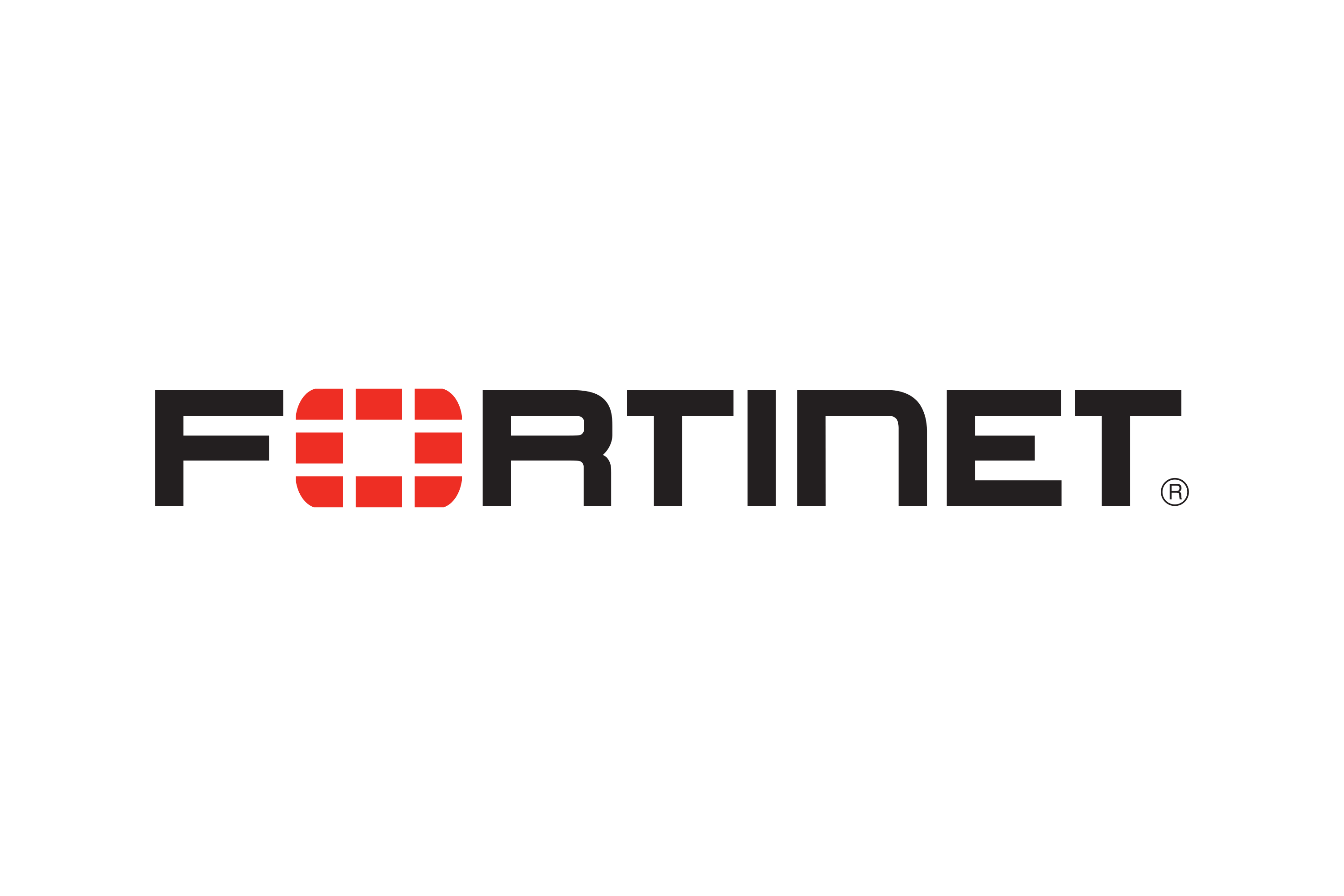

Grafana Labs

Harness

HPE
/social-suggested-images/www.hpe.comappssettingswcmdesignshpeweblogo-1.jpg)
IGEL

Illumio
Island
Lacework
/Lacework.png)
Microsoft
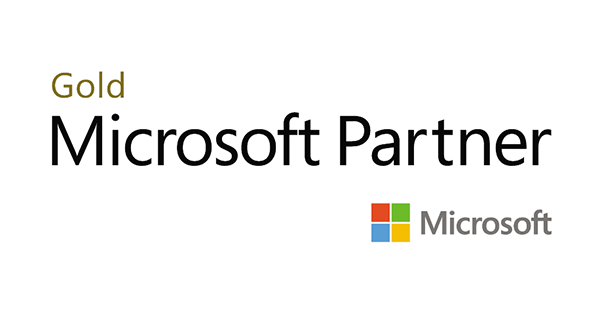
Moogsoft

NetApp

Nutanix

Nvidia
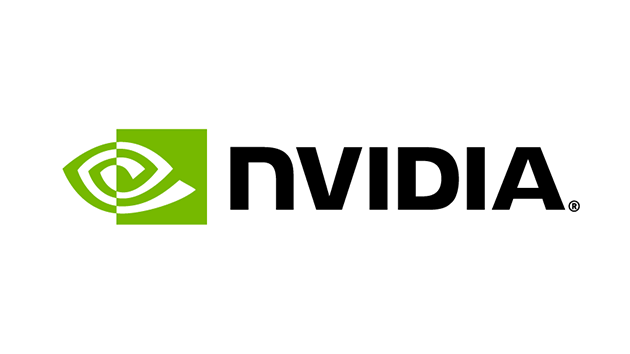
Obsidianit

Okta

Palo Alto Networks

Perforce
Proofpoint
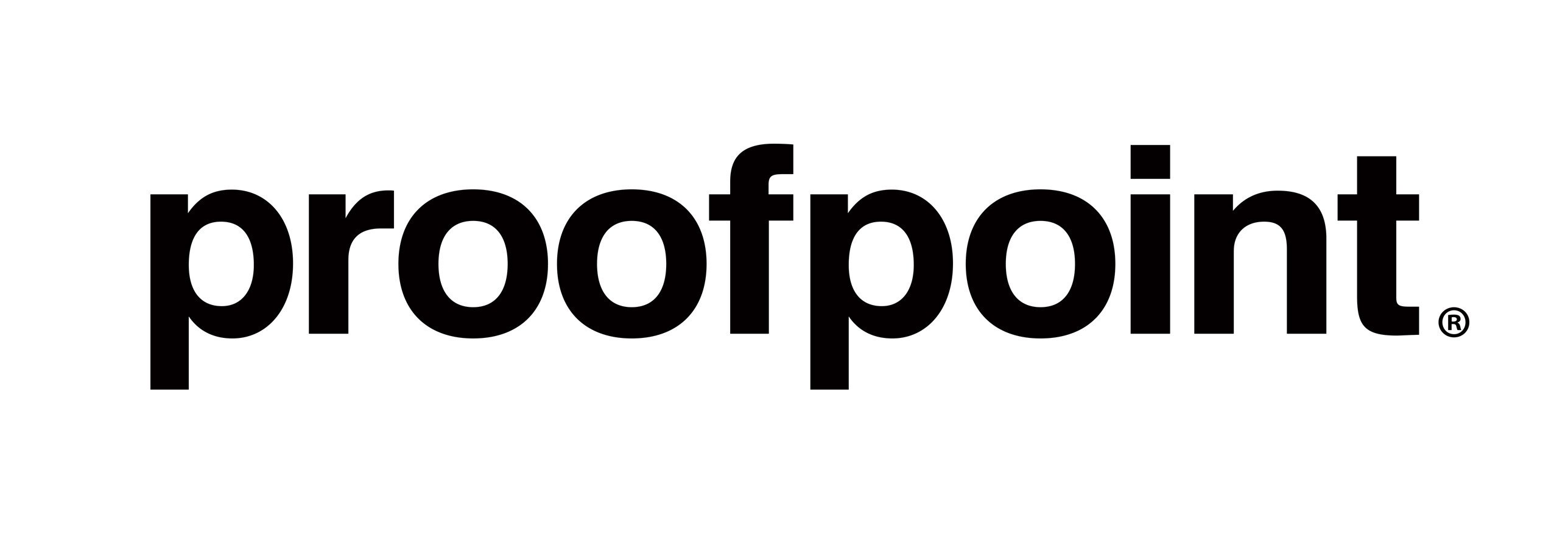
Pure Storage
/Pure%20Storage%20Logo.png)
Ripple
SailPoint

Scality
.png)
SentinelOne

Splunk

Spot

Sublime Security

Sumologic

Thoughtspot

Vaidio
Veeam
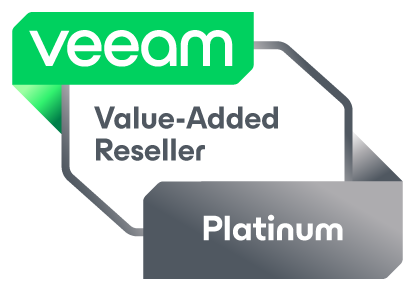
Veza

VMWare by Broadcom

Windsurf
Workspot

Zerto

Zscaler

There are no resources matching the current criteria.